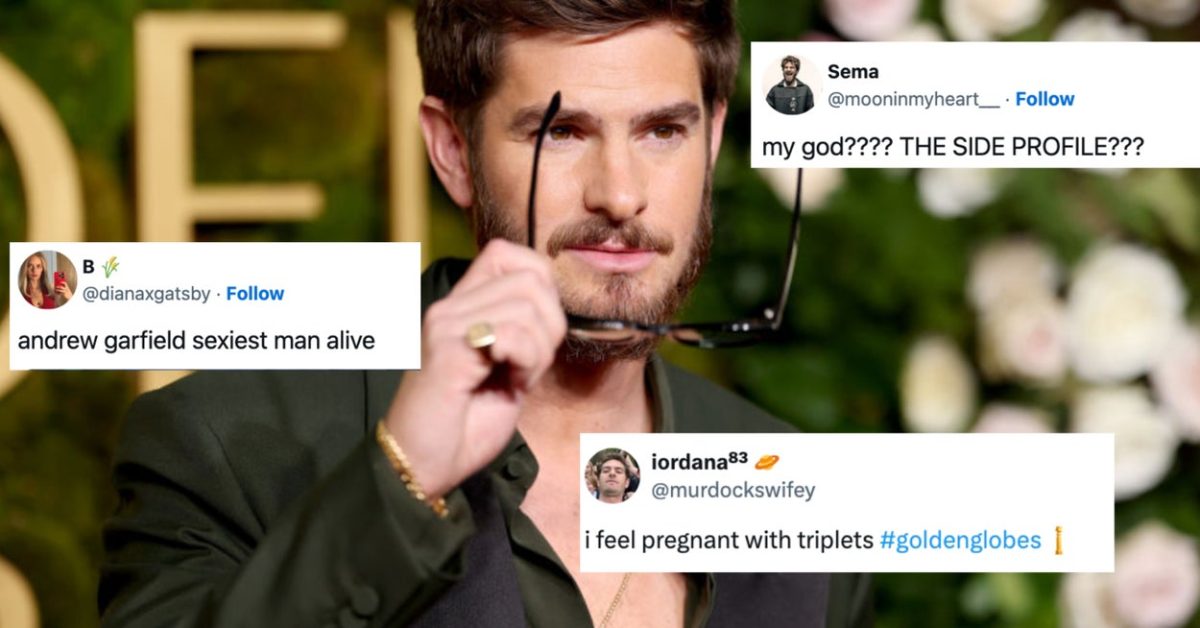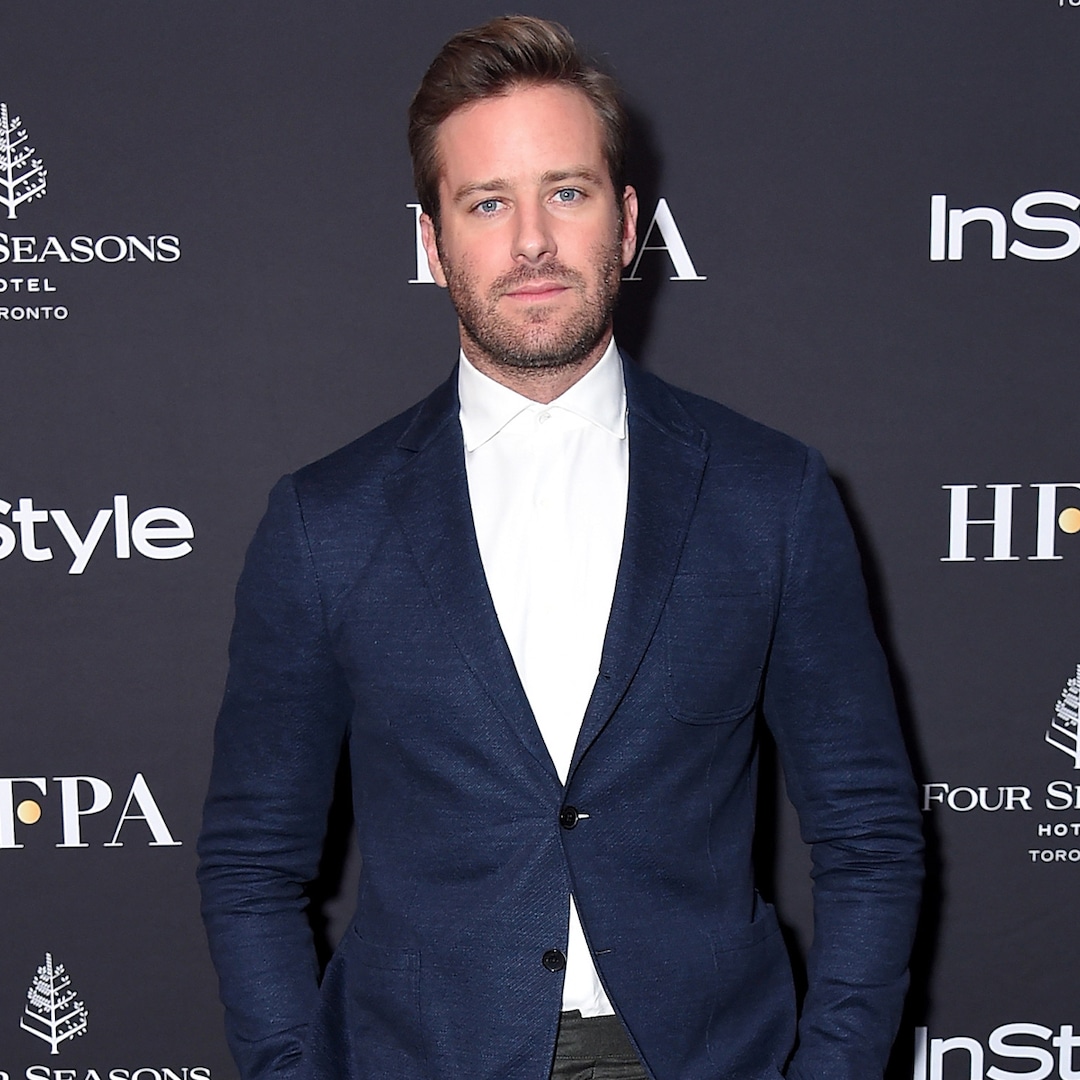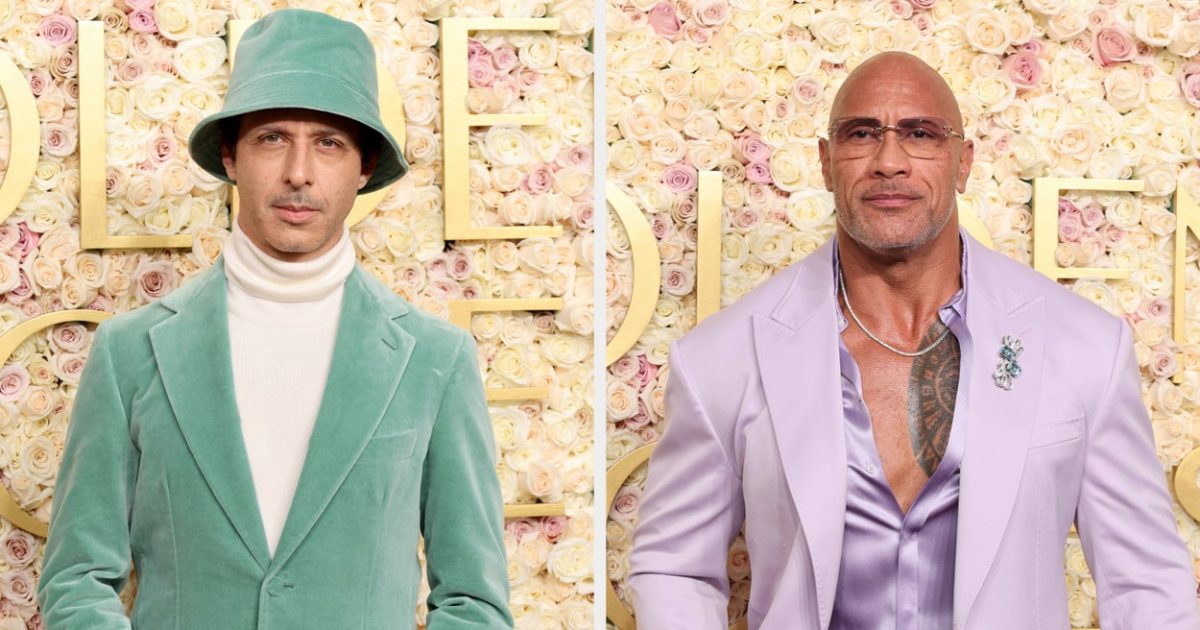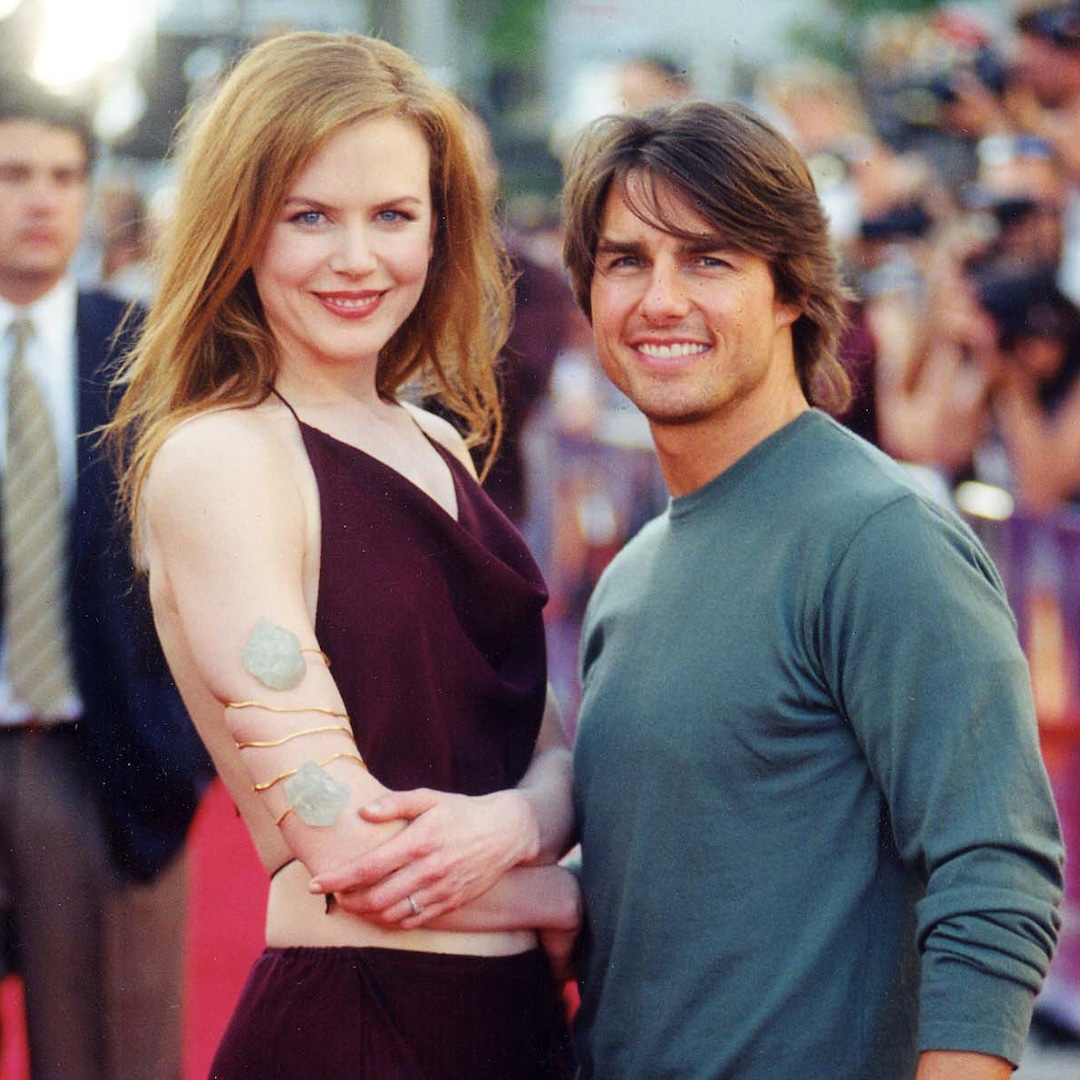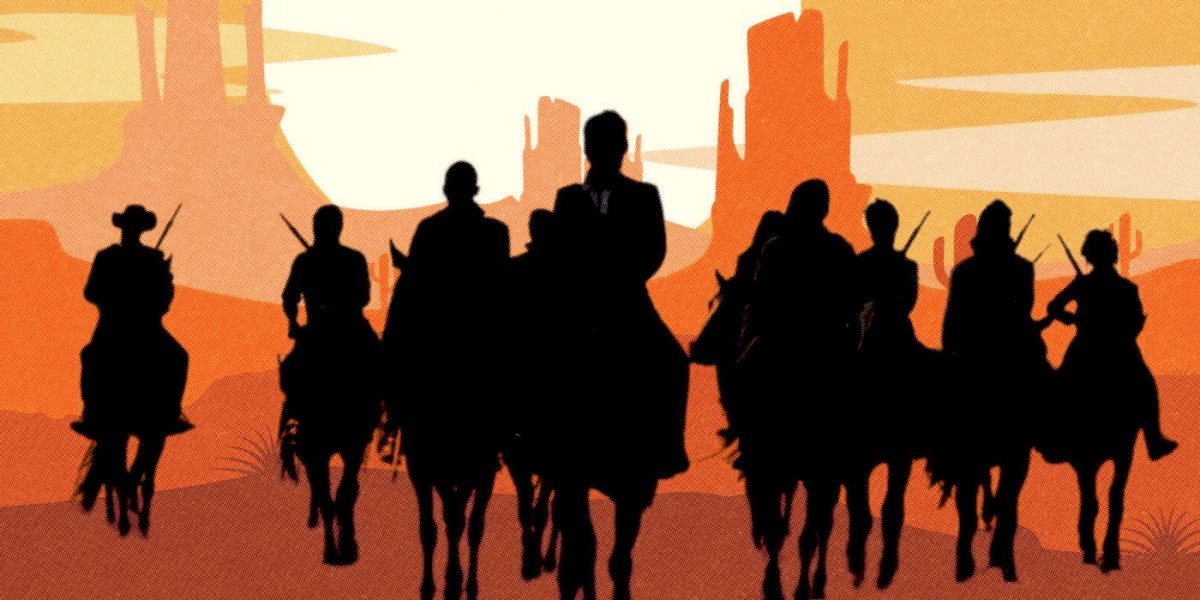
The Good, the Bad, the Weird Re-Imagines Sergio Leone’s Spaghetti Western
Jan 24, 2024
The Big Picture
Kim Jee-woon’s The Good, the Bad, the Weird is a stylistic continuation of Sergio Leone’s The Good, the Bad, and the Ugly, incorporating similar narrative and thematic elements. The film pushes Leone’s Spaghetti Western aesthetic to the next level with its stunning visuals and intense action sequences. The Good, the Bad, the Weird pays homage to Leone’s film through allusions and references, while still remaining a singular and entertaining movie in its own right.
Of the countless films heavily inspired by Sergio Leone’s untouchable and game-changing The Good, the Bad, and the Ugly, only one feels genuinely like its stylistic continuation: Kim Jee-woon’s delightfully batsh*t Korean Western, The Good, the Bad, the Weird. Kim’s film shares more with Leone’s Western masterpiece than just its title. When broken down, the narrative and thematic overlap between the two films are innumerable to ignore. Rather than craft a direct remake of the pivotal 1960s Western, Kim essentially builds a new picture from the ground up, using many of the same materials, but ultimately ignoring the blueprint. The end result is a fascinating romp through a blood-drenched Manchuria, a bizarre journey for a secret stash of gold filled with elaborate action sequences and no shortage of suave Western-style bravado. The film is one that audiences cannot miss after having been touted as “serious fun” by critics and receiving a Certified Fresh score on Rotten Tomatoes of 81 percent.
Kim pushes Leone’s Spaghetti Western aesthetic to the next level by maximizing style and violence, favoring a sprawling widescreen scope of desolate desert landscapes juxtaposed alongside its share of extreme close-ups. Apart from the obvious influence that shows up in its name, this Korean Western voyages into familiar territory by focusing on three different, but similarly violent strangers on the hunt for an invaluable lost treasure. Like Leone’s classic, The Good, The Bad, The Weird weaves crucial bits of history into its story — similarly to how The Good, The Bad, and The Ugly touches on aspects of the American Civil War. Instead, Kim considers the implications of the Japanese occupation of Manchuria.
Beyond the inexorable Leone overlap, one might compare Kim’s production to the genre-bending oeuvre of Quentin Tarantino or Takashi Miike’s unapologetically bizarre Sukiyaki Western Django. However, comparing it to either of these too is only doing it a disservice. The Good, the Bad, the Weird, if as indebted to Leone as Tarantino and Miike’s movies, is an entirely singular work — one that meshes Spaghetti Western tropes and aesthetics with techniques from hyper-violent Korean action flicks. Fans of Leone and The Good, the Bad, and The Ugly in particular need to add The Good, the Bad, the Weird to their queue pronto. Strap in for a fascinating, wild ride, because it’s about to go off the rails.
The Good, The Bad, The Weird The story of two outlaws and a bounty hunter in 1940s Manchuria and their rivalry to possess a treasure map while being pursued by the Japanese army and Chinese bandits. Release Date July 17, 2008 Director Jee-woon Kim Cast Song Kang-ho , Lee Byung-hun , Jung Woo-sung , Oh Dal-su Runtime 130 minutes
How Is ‘The Good, the Bad, the Weird’ Inspired By ‘The Good, the Bad, and the Ugly’?
Like how Sergio Leone’s Once Upon a Time in the West inspired an impressive string of similar titles, the title of The Good, the Bad, and the Ugly has a cultural significance that exceeds the reach of the film itself. It’s alluded to and spoofed on the regular, but Kim Jee-woon’s ambitious Western doesn’t just stop at cloning its predecessor’s name. It’s rife with allusions and homages to the Leone classic that place it somewhere between a standard remake and a complete re-imagining. Like Leone’s film, The Good, the Bad, the Weird centers around its three titular characters on their intertwining quests to make a quick fortune. There’s the Good (Jung Woo-sung), a stoic but morally ambiguous bounty hunter with the same sort of effortless cool that made Clint Eastwood, his Leone counterpart, an untouchable star. The Bad (Lee Byung-hun) is a cruel and cocky bandit who’s hired to swipe a treasure map, only until his own violent motivations are revealed. Lastly, The Weird (Song Kang-ho), the Korean equivalent of Eli Wallach’s Tuco, serves as a kooky comic relief figure — his slapstick sensibilities and goofy charisma make him the obvious highlight of the picture.
Related The Japanese Comedy That Was Marketed as a “Ramen Western” This 1985 Japanese comedy is a beautiful and hilarious meditation on human desire and a great satire of American pop culture.
While the Good (Eastwood), the Bad (Lee Van Cleef), and the Ugly (Wallach) all race to find a lost trove of Confederate gold, the three leads in Kim’s film shoot their way across the Manchurian landscape in search of a Qing Dynasty treasure buried just before their government’s collapse. In each film, the three lead characters operate on varying degrees of amorality. If both Bads are wicked, occasionally sadistic madmen who shoot for fun and kill for the hell of it, the others aren’t ones to bat an eyelash at spending fistfuls of bullets or leaving behind towers of corpses to get what they want. The film really strips back layers of plot, leaving behind only the gleaming interior of glorious shoot-outs, elaborate action sequences, and one standoff after another. There also isn’t much character complexity left, either, but in this case, that isn’t necessarily a bad thing.
The Weird, who is the closest thing the picture gives us to a protagonist, has simple motivations: find the gold and steal it in order to take care of those close to him. (It’s worth noting that his Leone equivalent, Tuco, is the only character in his respective film to have any actual background made clear to the audience). The Good, as stoic and muted as Eastwood’s character, never really reveals much of himself. He just likes catching baddies and reaping that sweet cash reward. The Bad, it would seem, is content with making money off of his gun-toting talents, or sitting in a cinema watching It Happened One Night and laughing his ass off. Beyond the clear narrative, thematic, and character overlap, there’s also a wide tapestry of allusions woven throughout Kim’s film that nods in the direction of Leone’s greatest hits.
The Three-Way Standoff Mirrors ‘The Good, the Bad, and the Ugly’
Image via CJ Entertainment
A scene in which Tae-goo — the Weird — repeatedly picks up his hat while the Bad shoots it from his grasp is taken directly from a gag between Eastwood and Van Cleef in For A Few Dollars More. In the fantastic chase sequence near the film’s climax, Tae-goo tears ass around the desert in a motorcycle before having his tire shot out like James Coburn in Leone’s Duck, You Sucker! The three-way standoff between the three title characters at the end is a direct replication of the iconic duel at the end of The Good, the Bad, and the Ugly, and when a character is shot and later revealed to have been wearing a hidden metal sheet as body armor, it’s a twist taken directly from A Fistful of Dollars. These numerous allusions to Leone’s Spaghetti Western filmography prove Kim Jee-woon to be a loyal student of the Italian master, but Kim’s movie essentially followed — and often exceeded — the expectations set up by Leone and his Spaghetti Westerns.
‘The Good, the Bad, the Weird’ Re-Imagines Westerns
The Good, the Bad, the Weird is at its best when it acknowledges and eludes the innumerable tropes set in sand by the Western genre that proceeds it. By meshing a Western-like setting (in an inherently Eastern location) with the kind of preposterously unrelenting action sequences found in the work of John Woo or Kim himself, the film helps demythologize the American Western and shepherds it further into otherwise uncharted territory. The glamorized and polished idealism found in some of the best classic Westerns is absent here, where nearly everybody is either killed or killing, and the concept of morality has no foundation to build on.
One of the most action-packed Westerns ever made, The Good, the Bad, the Weird disregards nearly everything except its particularly skillful filmmaking and the pure entertainment it provides. It’s a beautifully multicultural film, one that embraces its Korean identity, while alluding to Italian filmmaking and American mythology alike. Its set pieces are awesome. When Tae-goo rips across the desert in his motorcycle, half of the entire Japanese Imperial Army in hot pursuit, Kim’s technical skill is utterly undeniable. When, previously, Tae-goo appears mid-gunfight with a subterranean diving helmet on his head as protection against the raining bullets, the comedic prowess of the actor and filmmaker alike is on full display.
Why ‘The Good, the Bad, the Weird’ Is an Important Film
The Good, the Bad, the Weird is an important film because, to a degree, it continues the work set out by Leone in the 1960s: to love the Western genre and to alter it to your liking. It learns the rules and expectations, so it can follow them when it needs to and break them when it wants to. There’s plenty of Indiana Jones, Mad Max, and John Woo in this movie, but the way that the action is made both comical and impactful is distinctively Kim. Movies like I Saw the Devil and A Bittersweet Life proved his ability to churn your stomach, but it’s The Good, the Bad, the Weird that highlights his ability to make an ambitious, impossibly entertaining blockbuster.
Even when it’s indebted to Leone and his work, The Good, the Bad, the Weird never misses the opportunity to be a completely unique and memorable movie.
The Good, the Bad, the Weird is available to stream on AMC+ in the U.S.
Watch on AMC+
Publisher: Source link
The Internet Has Officially Lost It Over Andrew Garfield's Slutty Glasses
That man knew exactly what he was doing with those glasses.View Entire Post › Disclaimer: This story is auto-aggregated by a computer program and has not been created or edited by filmibee.Publisher: Source link
Jan 9, 2025
Armie Hammer Lands First Movie Role Since Cannibalism Allegations
Armie Hammer Cameos As “Kannibal Ken” in Music Video 4 Years After Cannibalism ClaimsArmie Hammer is heading back to the big screen. More than one year after the Los Angeles Police Department ended their lengthy investigation into the Call Me…
Jan 9, 2025
20 Best Dressed Men At The 2025 Golden Globes
20 Best Dressed Men At The 2025 Golden Globes The televised portion of awards season is here! On Sunday night, the Golden Globes were held in Los Angeles, kicking off what looks to be a lively next several months of…
Jan 8, 2025
Tom Cruise & Nicole Kidman’s Son Connor Shares 2025 Update in New Pic
Tom Cruise and Nicole Kidman's Son Connor Cruise Golfs With Crocodile in New PostTom Cruise and Nicole Kidman's son is teeing up for a great year. Connor Cruise recently kicked off 2025 at the links, swinging by Lost City Golf…
Jan 8, 2025








